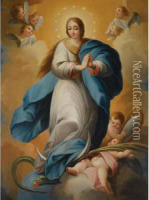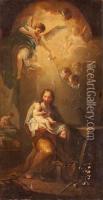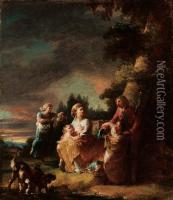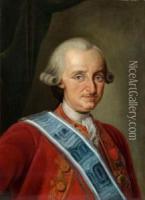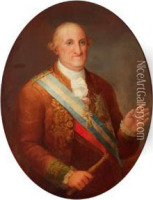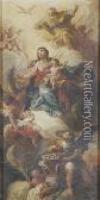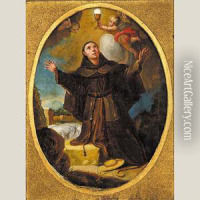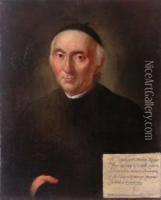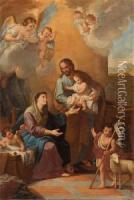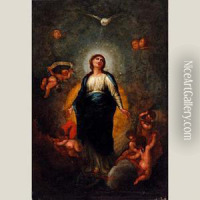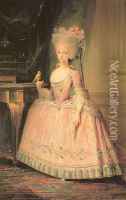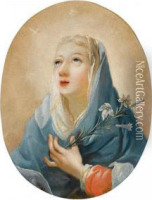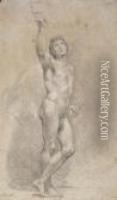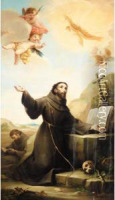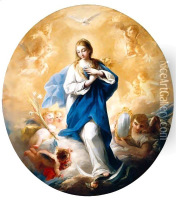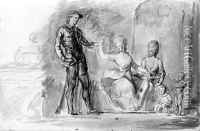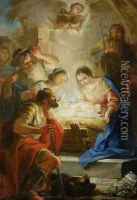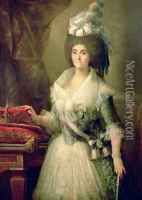Mariano Salvador Maella Paintings
Mariano Salvador Maella Pérez was a distinguished Spanish painter and draftsman born on August 21, 1739, in Valencia, Spain. His artistic journey began under the guidance of his father, who was also a painter. Maella's talent was evident early on, and at the age of 14, he moved to Madrid to further his studies at the Real Academia de Bellas Artes de San Fernando. There, he trained under the tutelage of notable painters such as Antonio González Velázquez and Anton Raphael Mengs, a German artist who had a significant influence on the development of Neoclassical art in Spain.
During his career, Maella became well-regarded for his religious compositions, portraits, and tapestry designs. He was appointed as a court painter to King Charles III of Spain, a prestigious position that allowed him to work closely with the monarchy and contribute to various important projects. Maella's works often reflected the transition from the Rococo style, which was popular during the early part of his career, to the more austere and classical Neoclassical style that gained prominence later.
In 1789, Maella was named the director of the painting department at the Real Academia de Bellas Artes de San Fernando, succeeding Francisco Bayeu. His influence extended to various aspects of Spanish art, including the revitalization of fresco painting in Spain. Maella also played a crucial role in establishing the Museo del Prado, Spain's national art museum, and he contributed several of his own works to its collection.
Maella's legacy continued even after his death in Madrid on May 10, 1819. His works can be found in numerous churches and museums across Spain and are celebrated for their technical skill and historical significance. As an artist who lived through a period of considerable political and social change, Maella's art provides valuable insights into the cultural shifts of his time.
